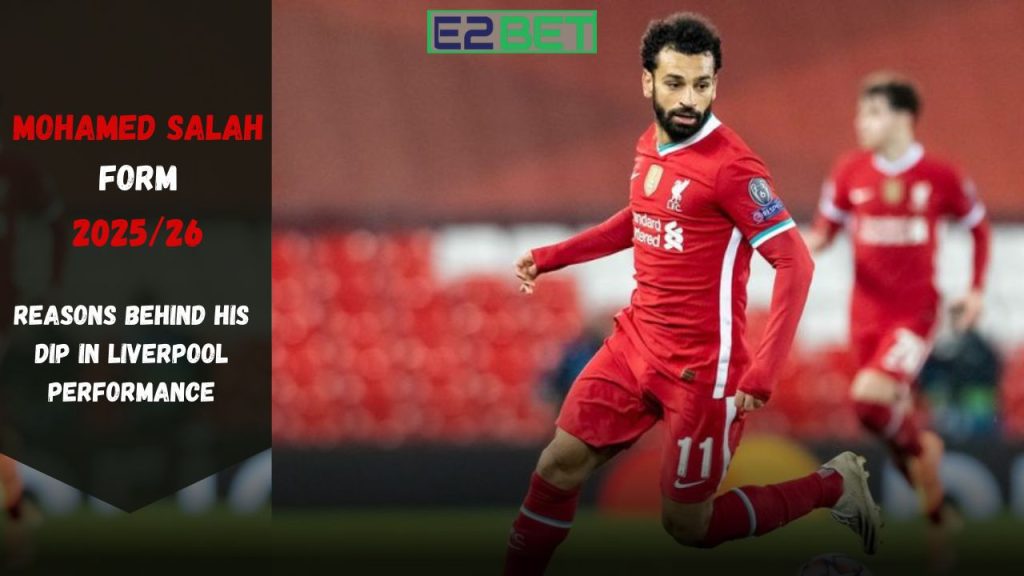Mohamed Salah’s start to the 2025/26 season has been surprisingly subdued. With just two goals in seven Premier League matches and none from open play since Matchday 1, the Egyptian forward’s Mohamed Salah Form 2025/26 has come under scrutiny from fans and analysts alike. This analysis explores the statistical and tactical factors behind the dip in form and how it is affecting Liverpool’s attacking dynamics.
Early Season Challenges and Performance Overview
Liverpool’s campaign began with a mix of results, relying on late goals to secure wins. Salah himself scored twice in stoppage time early on, including a crucial penalty against Burnley. Yet, despite moments of brilliance such as his UEFA Champions League strike against Atletico Madrid, the Mohamed Salah Form 2025/26 shows a decline in overall involvement in attack.
This drop is not limited to finishing; it extends to touches, dribbles, and shots per 90 minutes — all key indicators of his influence in games. Liverpool remain second in the league, one point behind Arsenal, but Salah’s reduced attacking output highlights underlying structural and tactical issues.
Attacking Metrics Comparison: 2024/25 vs Mohamed Salah Form 2025/26
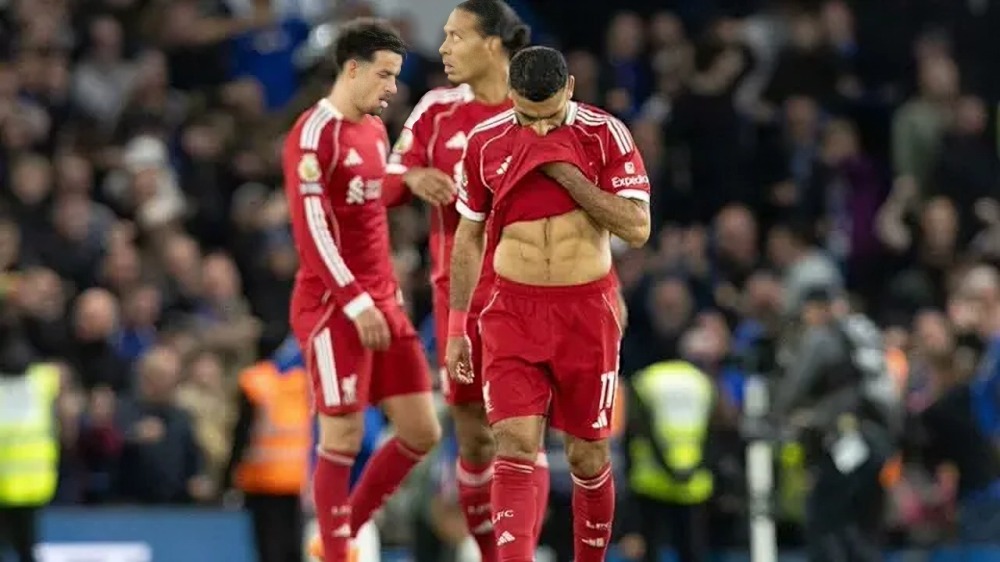
The table highlights a marked drop across every key attacking metric, reflecting a significant decline in Mohamed Salah Form 2025/26. In particular, dribbles and xG metrics indicate reduced ability to create and convert high-quality scoring opportunities.
| Metric | 2024/25 | 2025/26 (so far) | Change |
|---|---|---|---|
| Games | 52 | 10 | – |
| Goals per 90 | 0.68 | 0.32 | ↓ 53% |
| Assists per 90 | 0.46 | 0.32 | ↓ 30% |
| Shots per 90 | 3.4 | 2.0 | ↓ 41% |
| Expected Goals (xG) per 90 | 0.63 | 0.32 | ↓ 49% |
| Shot Conversion % | 20.2% | 15.8% | ↓ 22% |
| Dribbles per 90 | 3.5 | 1.6 | ↓ 54% |
| Dribble Success % | 39.3% | 20% | ↓ 49% |
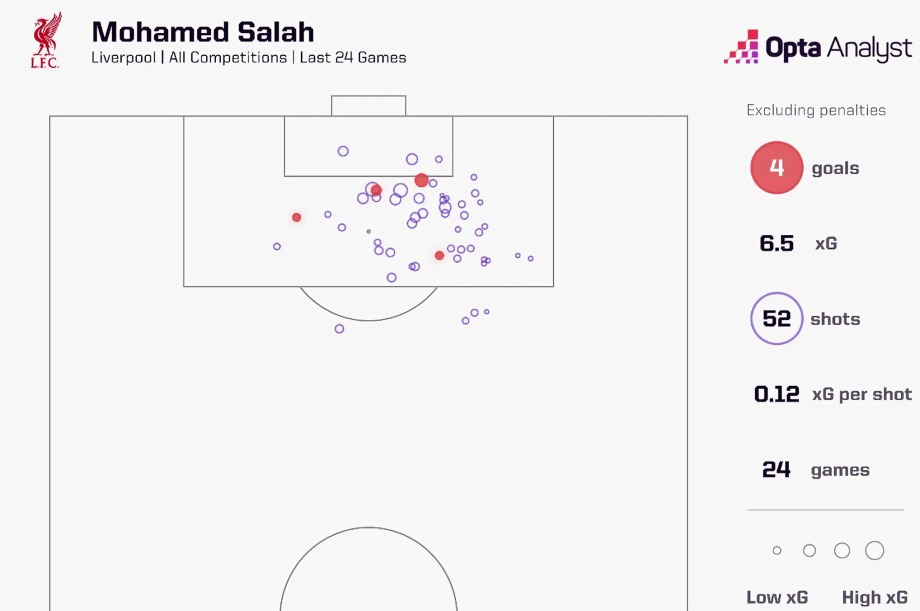
Reduced Presence in the Opposition Box
A major factor in Salah’s dip is a reduction in touches inside the opposition box, limiting high-quality scoring opportunities.
| Metric | 2024/25 | 2025/26 | Change |
|---|---|---|---|
| Total touches per 90 | 48.6 | 42.6 | ↓ 12% |
| Box touches per 90 | 9.6 | 5.5 | ↓ 43% |
This decrease is partly due to defenders marking him more tightly and tactical adjustments by Liverpool. Fewer touches in dangerous areas directly contribute to his lower shot count and xG, explaining the current Mohamed Salah Form 2025/26.
Impact of Trent Alexander-Arnold’s Departure
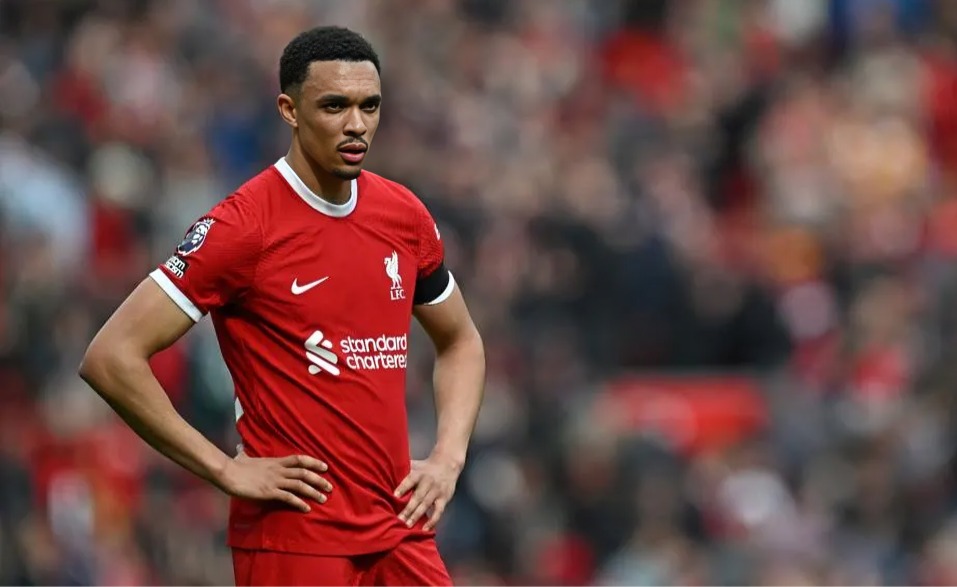
Trent Alexander-Arnold’s exit has had a tangible effect on Salah’s effectiveness. Last season, Alexander-Arnold delivered 147 line-breaking passes (LBPs) to Salah, with 37 penetrating the opposition’s defensive lines. New teammates have yet to replicate this precise supply.
| Player | LBPs to Salah | Notes |
|---|---|---|
| Trent Alexander-Arnold | 147 | 37 line-breaking passes |
| Ibrahima Konate | 89 | Second highest combination |
| Dominik Szoboszlai | 23 | Midfield contribution |
| Florian Wirtz | 7 | Seven matches played |
The reduced frequency of high-quality passes has limited Salah’s scoring opportunities and is a key factor in his Mohamed Salah Form 2025/26 struggles.
Positional Adjustments and Predictability
Salah is now receiving more touches along the right touchline and deeper inside the opposition half, making him easier for defenders to anticipate. While Liverpool still lead the Premier League in progressive passes per game (29.6, slightly down from 32.6 last season), the targeting of Salah in dangerous areas has decreased.
This shift in positioning contributes to fewer shots, reduced xG, and a decline in his overall attacking influence — a central element of the current Mohamed Salah Form 2025/26.
External and Contextual Factors
Several external factors have compounded the dip in Salah’s form:
- Fixture difficulty: Five of Liverpool’s first seven opponents are top-eight teams.
- Emotional toll: The loss of Diogo Jota in July may be affecting team morale.
- Sample size: Only 10 matches played; form may improve over a full season.
Salah Without Alexander-Arnold: Detailed Comparison
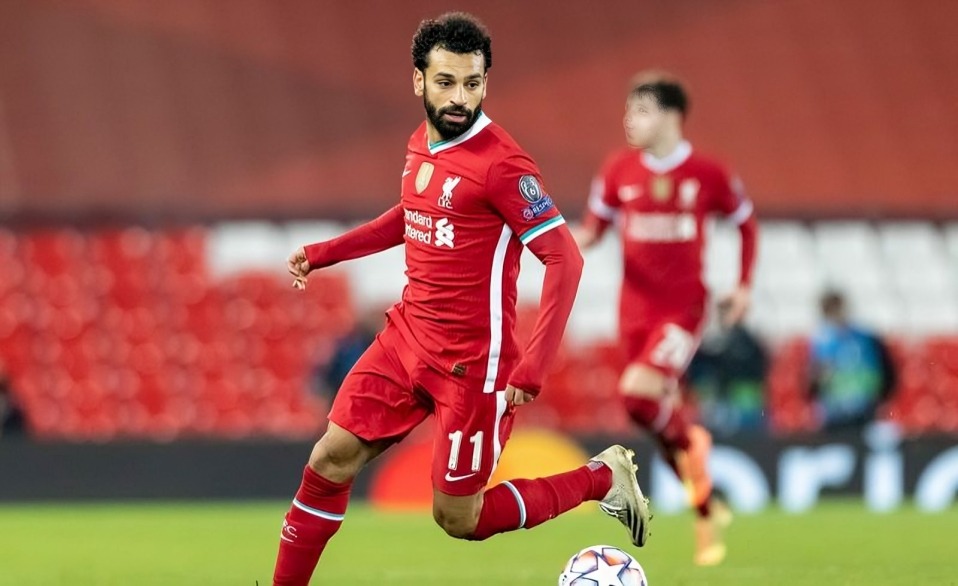
| Metrics | With Alexander-Arnold (2024/25) | Without Alexander-Arnold | Change |
|---|---|---|---|
| Games | 33 | 12 | – |
| Goals | 27 | 4 | ↓ 85% |
| Shots per game | 3.5 | 2.0 | ↓ 43% |
| Non-penalty xG per game | 0.48 | 0.30 | ↓ 38% |
| Touches in opposition box per game | 10.5 | 7.2 | ↓ 31% |
The numbers underscore how critical Alexander-Arnold was to Salah’s productivity. His absence directly correlates with reduced shots, xG, and box touches, key indicators of Mohamed Salah Form 2025/26.
Read More:-
- Top 10 Best Football Coaches in the World 2025 – Update 2025 & Detailed Analysis
- Top 10 NBA Steals Leaders 2024-25 – Fantasy Basketball Must-Knows
Conclusion: Path to Recovery
Mohamed Salah has consistently demonstrated resilience in his career. While early 2025/26 statistics indicate reduced involvement in shots, touches, and xG, he possesses the quality and experience to bounce back.
For Liverpool, the priority is restoring supply lines into the box and enabling Salah to occupy high-impact positions. Once that happens, his Mohamed Salah Form 2025/26 is expected to return to the levels that have made him one of the world’s most prolific forwards.
Salah remains the “Egyptian King” of Liverpool, and a tactical adjustment may be all that’s needed for him to resume dominating the Premier League.
FAQs
1.Why has Salah’s form dipped this season?
Salah’s decline is due to fewer touches in the box, reduced dribbles, and tactical changes. The departure of Alexander-Arnold also limited high-quality passes into dangerous areas.
2.How does his 2025/26 performance compare to last season?
Goals per 90 dropped from 0.68 to 0.32, shots per 90 from 3.4 to 2.0, and xG per 90 from 0.63 to 0.32, showing a clear dip in Mohamed Salah Form 2025/26.
3.Can Salah regain his form this season?
Yes. With restored service and more central positioning, Salah’s Mohamed Salah Form 2025/26 is likely to improve.
4.Are there external factors impacting him?
Challenging fixtures and the emotional loss of teammate Diogo Jota have played a role, along with the small sample size of just 10 matches.
